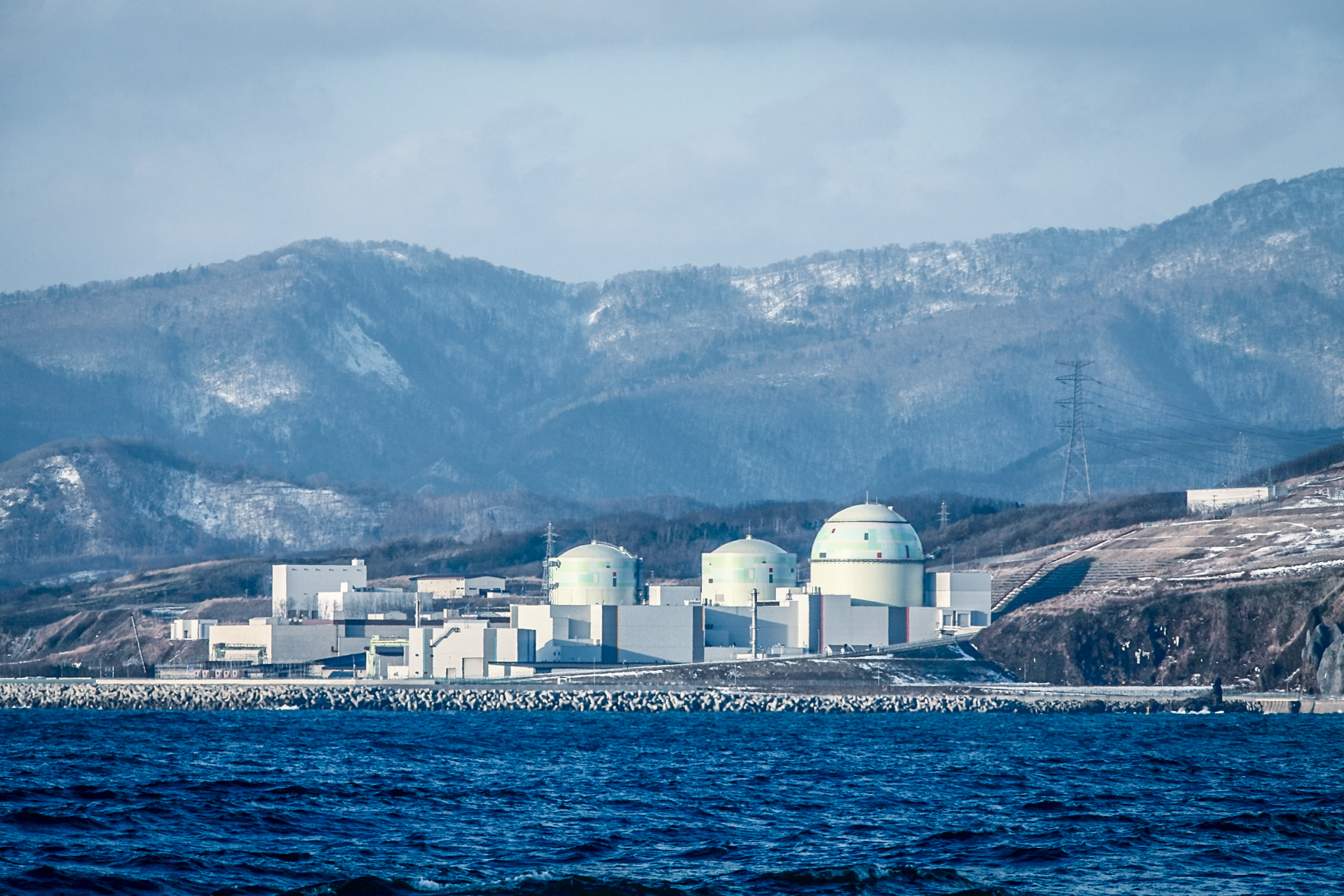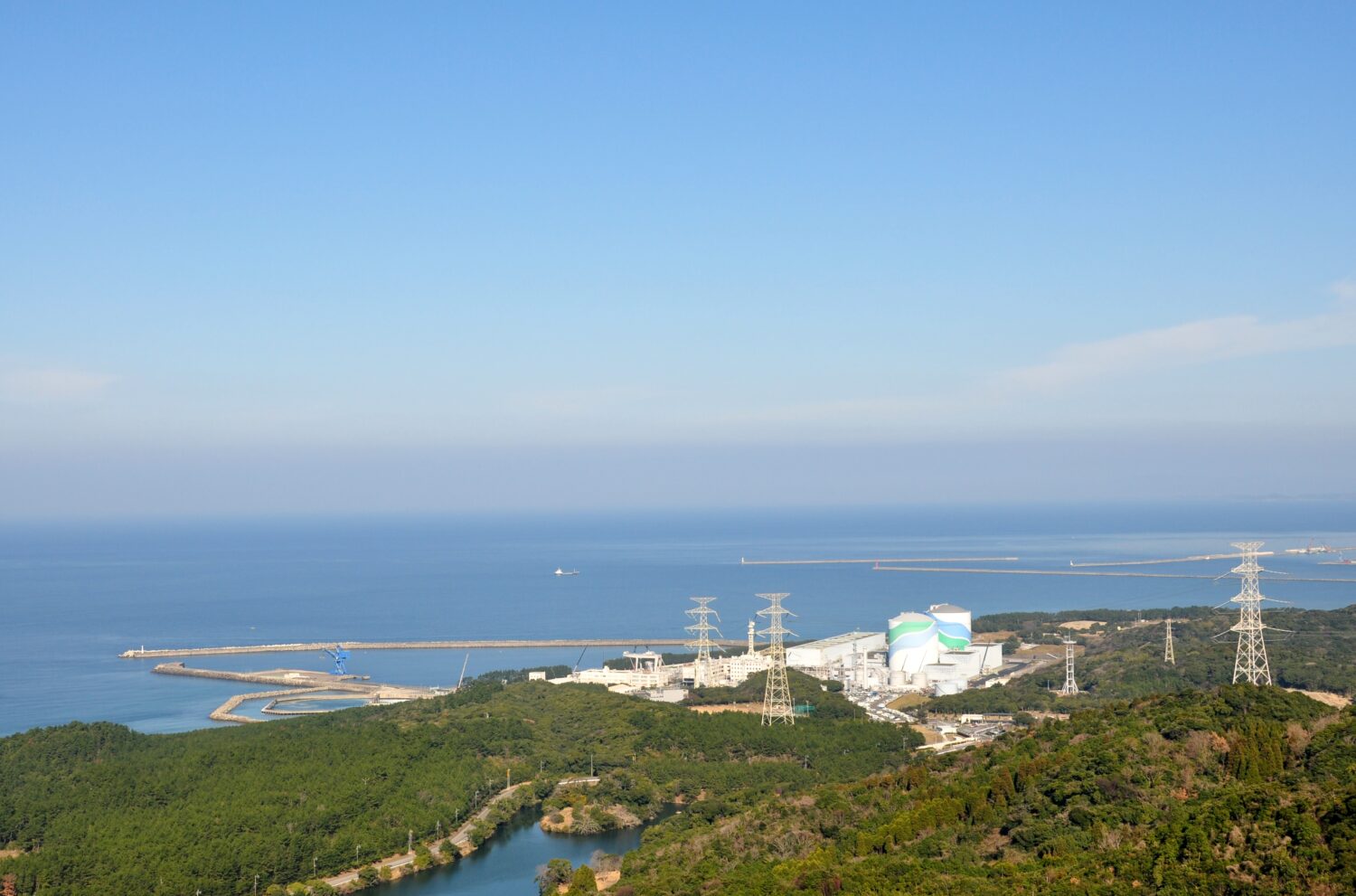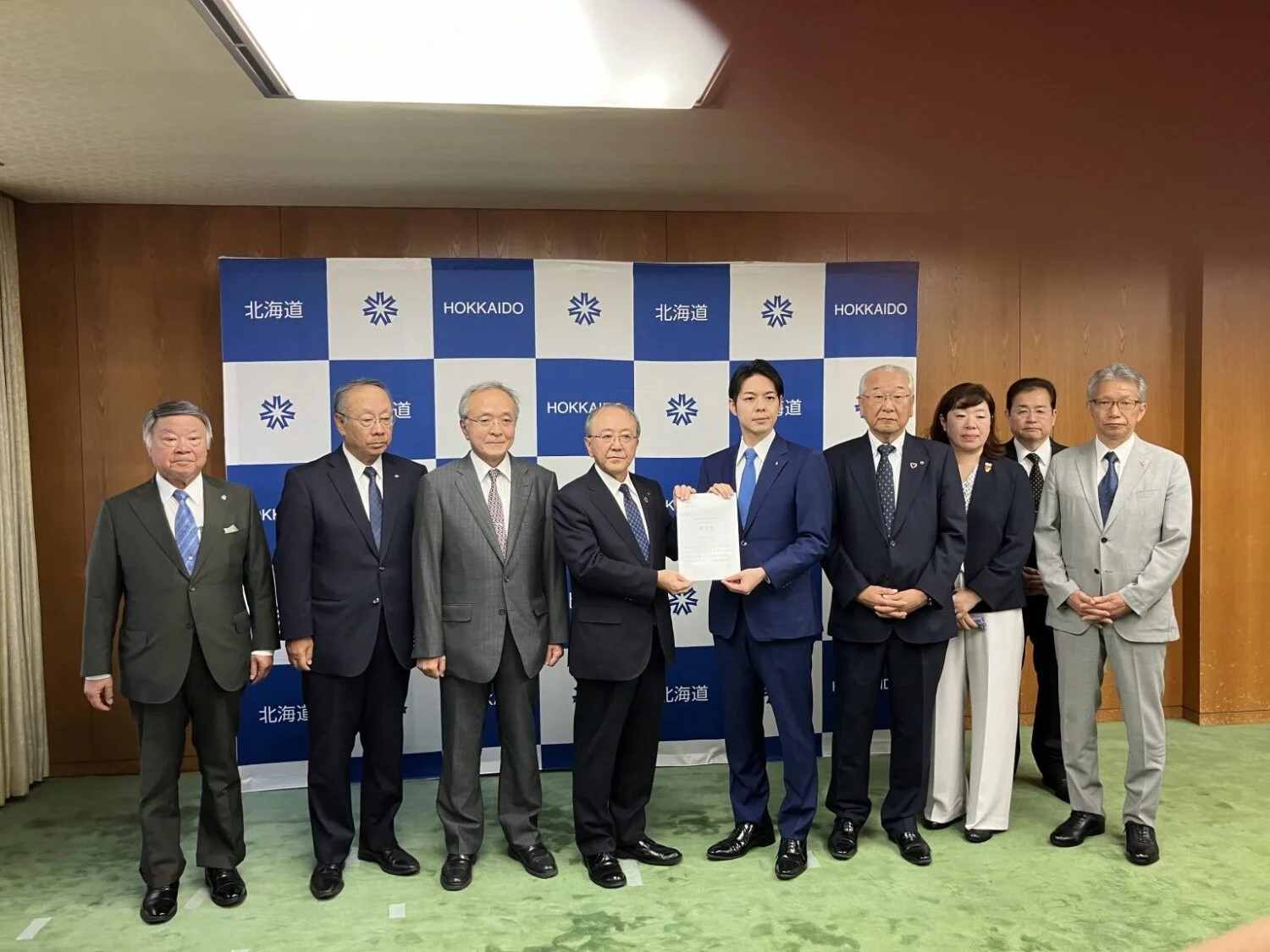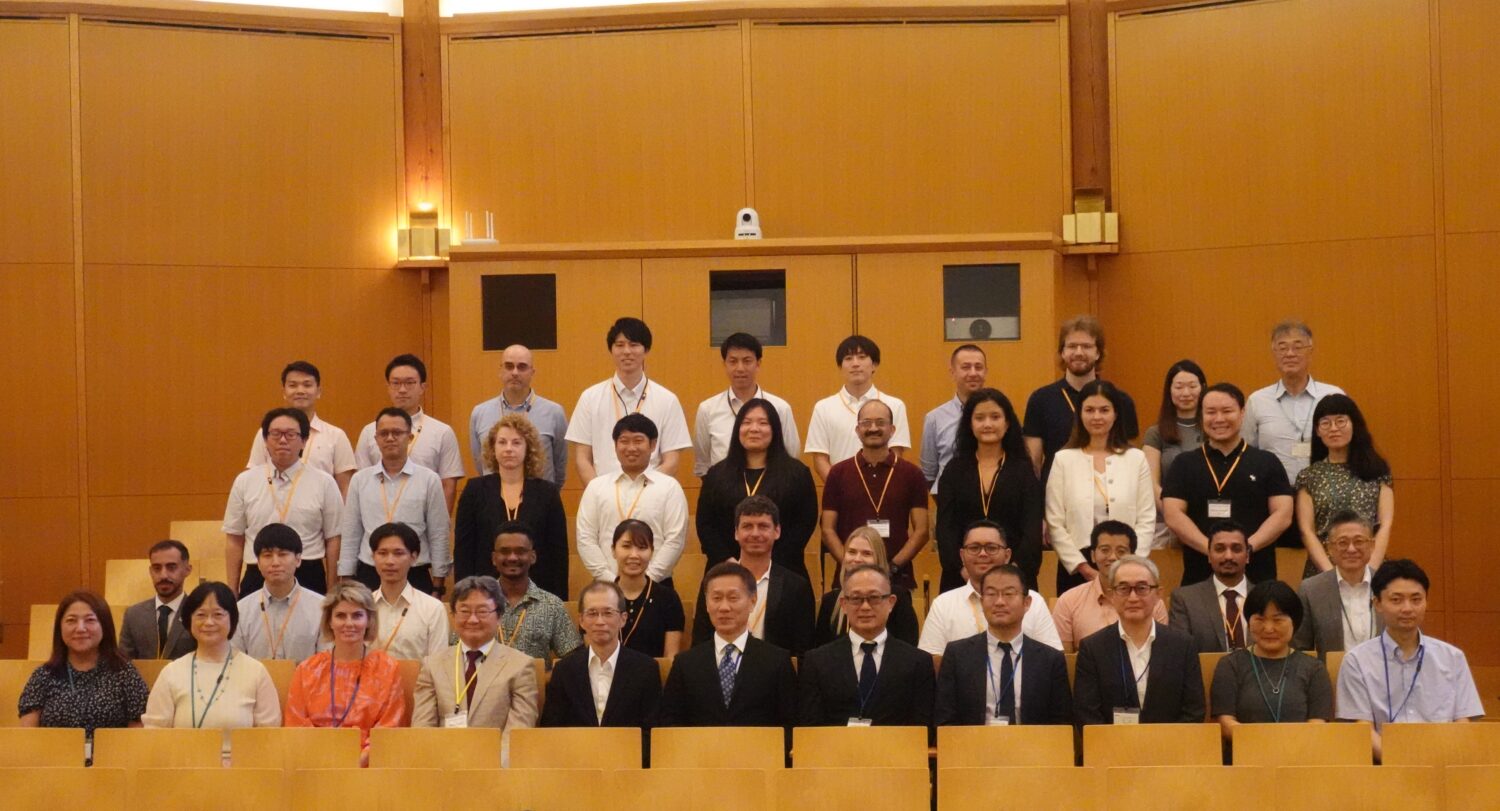The new chair of the subcommittee, succeeding YAMAGUCHI Akira, was KUROSAKI Ken, professor at the Institute for Integrated Radiation and Nuclear Science, Kyoto University (KURNS). Presiding over his first meeting this time, he began by urging the members to “remain mindful of your responsibility for leadership in the issuance of a policy on nuclear power and energy, and have positive discussions.”
Before the members began their discussions, a representative of the Agency for Natural Resources and Energy (ANRE) identified issues and points for discussion on domestic and overseas movements in nuclear energy.
Following that, KUME Takashi, director-general of ANRE’s Electricity and Gas Industry Department, noted that geopolitical threats to energy security, including the Russian invasion of Ukraine, had increased since the issuance of the current Strategic Energy Plan in 2021.
In light of that and the sharp increase in electricity demand expected as a result of the booming use of AI, he also stressed that Japan was facing a very difficult situation in how to secure “stable supplies of decarbonization power sources.” He then indicated that the national government was ready to methodically discuss “issues in the use of nuclear power” at the Nuclear Power Subcommittee.
Many committee members then spoke out on the issuance of Japan’s next Strategic Energy Plan. ENDO Noriko, professor of Waseda Research Institute for Science and Engineering, and a member of the Advisory Committee’s Strategic Policy Committee, started by referring to recent hearings held with communications companies. She said that one political issue was “how to ensure” energy supply capabilities to meet increasing demand from data centers.
She continued by pointing the necessity of addressing a system enabling private industries to invest in construction of new and replacement reactors from now on, considering the lead times required for building nuclear power plants (NPPs).
Another member, MURAKAMI Chisato, from the Nippon Association of Consumer Specialists (NACS), mentioned her concerns about the increasing costs for the construction of NPPs, given the recent experience of Western countries. She asked the national government to “verify the reasonableness of costs, apart from the approval or disapproval of the construction of new and replacement NPPs.” Also, from the viewpoint of consumers, she talked about the effect of restarting NPPs on electricity rates. Regarding backend costs, she referred to the direct disposal of spent fuel.
The ANRE representative followed by clearly reiterating the importance of “continuing to promote nuclear fuel cycle policy from the viewpoints (among others) of reducing the volumes of high-level radioactive waste (HLW), reducing toxicity, and effective use of resources”—to continue to use of nuclear power stably—while obtaining understanding from related municipalities and the global community.
Meanwhile, speaking from the perspective of siting regions, Governor SUGIMOTO Tatsuji of Fukui Prefecture asked that the pursuit of the nuclear fuel cycle be accompanied by the clarification of nuclear policy, the development of siting regions, and the strengthening of nuclear disaster preparedness.
The governor also asked for the entire government to make a concerted effort toward the completion of the Rokkasho Reprocessing Plant as the core facility of the fuel cycle, saying, “The national government should responsibly administer the activities of the operator, while the Nuclear Regulation Authority (NRA) should conduct examinations efficiently and without delay.”
The next member to give his opinion was TAKESHITA Kenji, deputy chair of the subcommittee and professor emeritus of the Tokyo Institute of Technology. Speaking from a technical perspective, he said that various international moves had taken place regarding uranium enrichment, including the Sapporo 5 Statement (December 2023), issued jointly by the five countries of Canada, France, the UK, the United States, and Japan, concerning the promotion of investment in uranium enrichment.
Takeshita’s basic position was that there was no alternative to developing uranium enrichment domestically, given its nature as a sensitive technology. He also said that he expected Japan Nuclear Fuel Ltd. (JNFL) to develop a centrifugal separator, in order to boost the country’s enrichment capabilities and improve economic efficiency. He continued by citing the development of technology to use recovered uranium, as well as the reprocessing of fast reactor MOX fuel, with an eye on the effective future utilization of resources.
His comments were followed by ARAI Shiro, specially appointed fellow at Japan Atomic Industrial Forum (JAIF), who participated in the meeting this time as a special member of the subcommittee. He requested that five points be incorporated in the next Strategic Energy Plan, as follows:
- Maximizing the use of existing reactors.
- Clearly stating the necessary capacities and timelines for reactors, including those for constructing new and replacement reactors.
- Developing a business environment enabling nuclear operators to make investment decisions at appropriate times.
- Considering regulatory standards for advanced light water reactors (LWRs).
- Promoting public understanding (i.e., sharing the value of nuclear energy with the public).


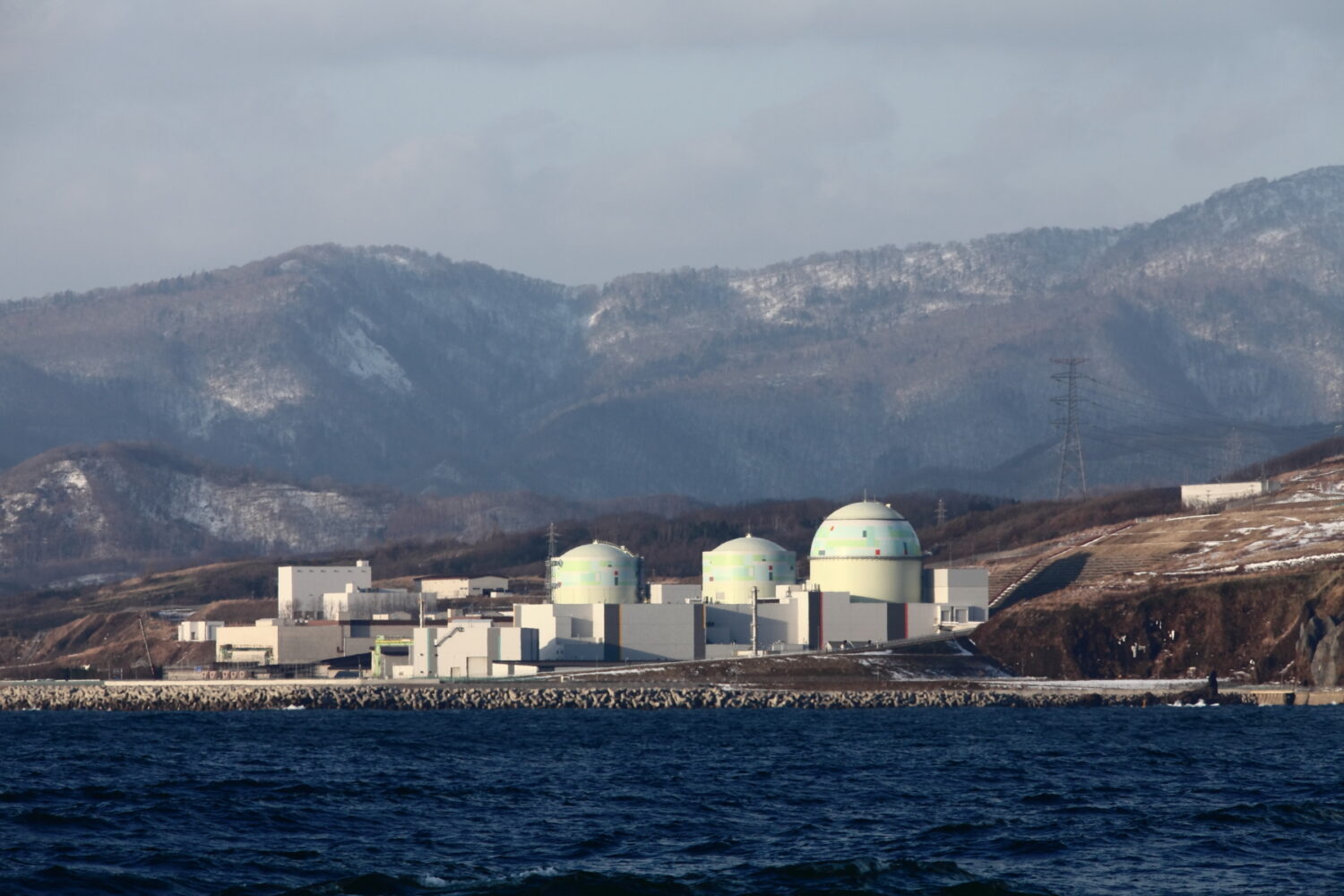
-049.jpg)
.jpg)

